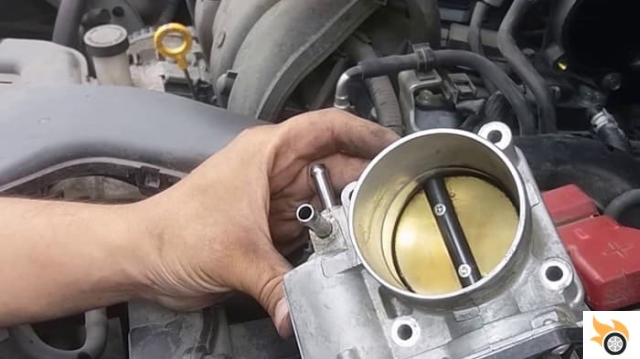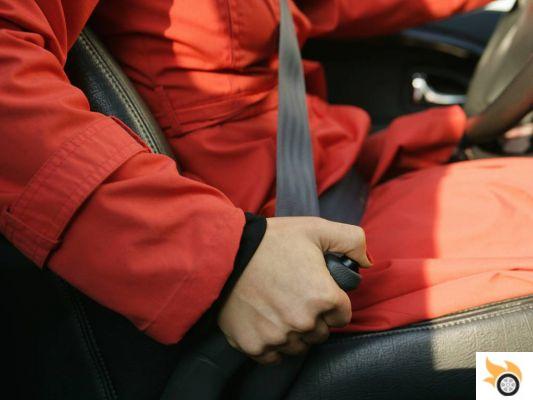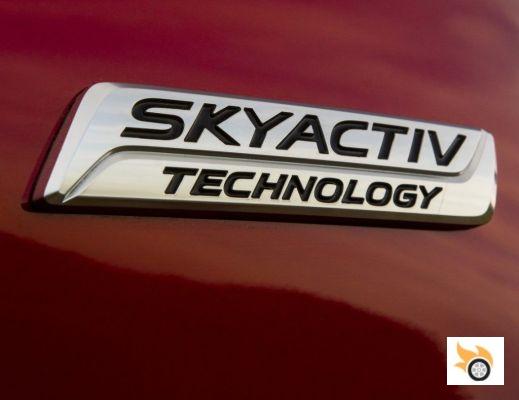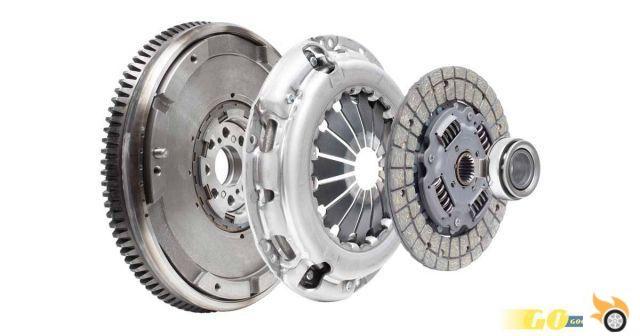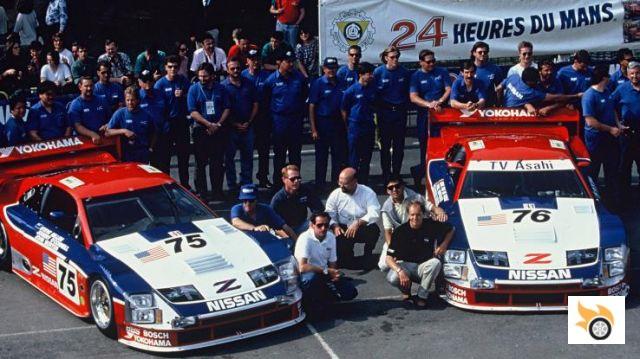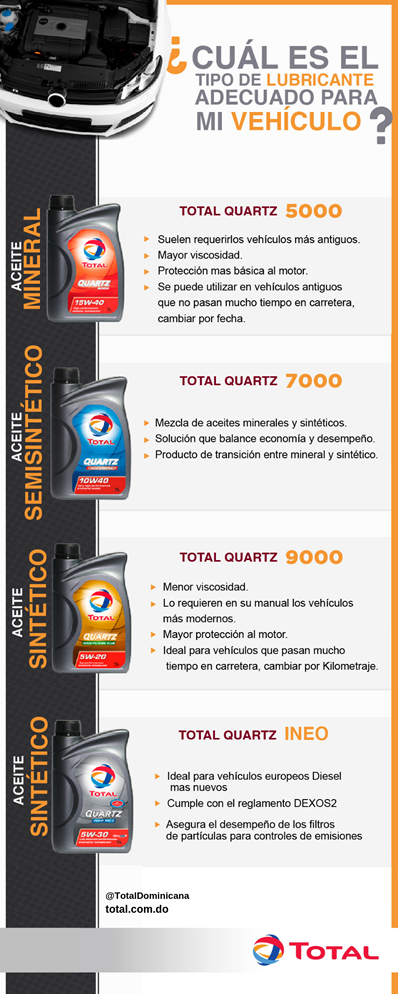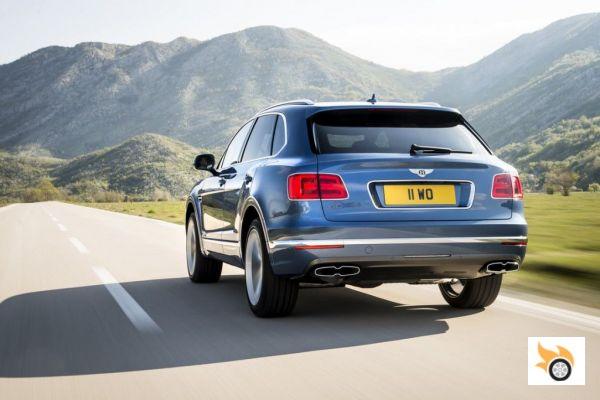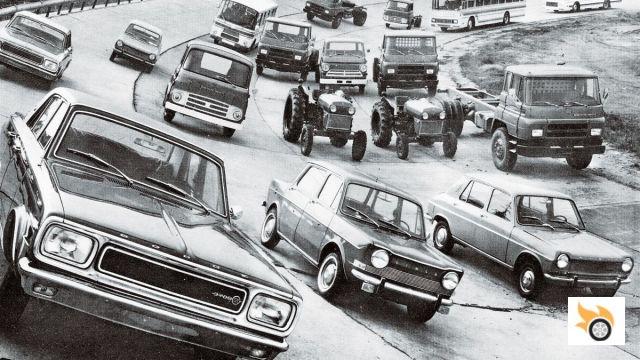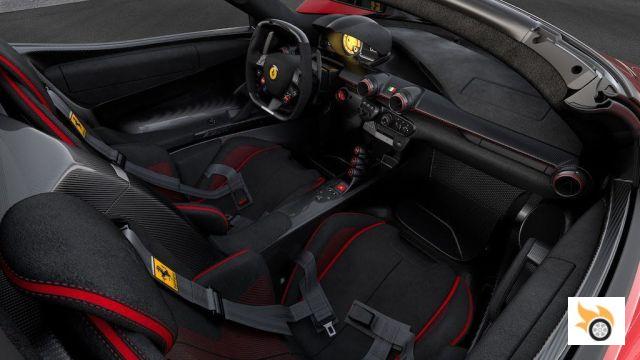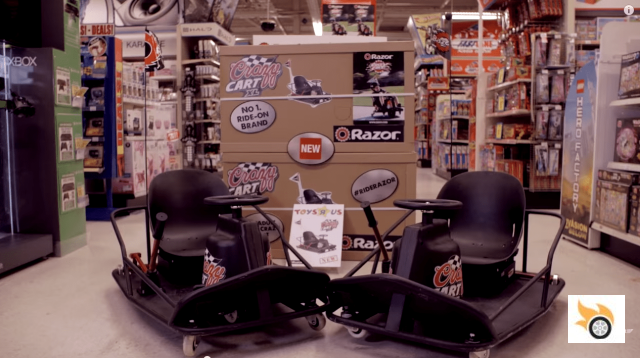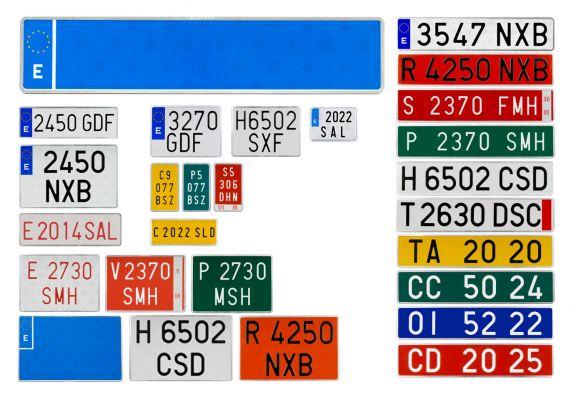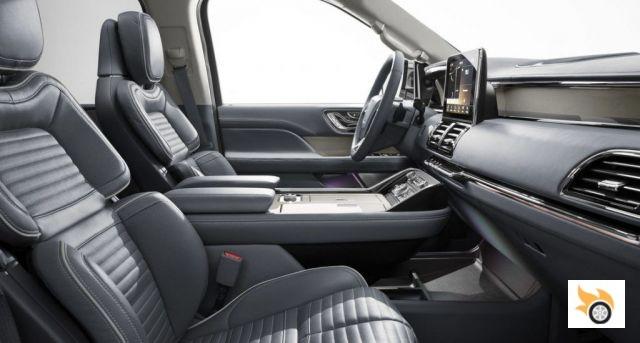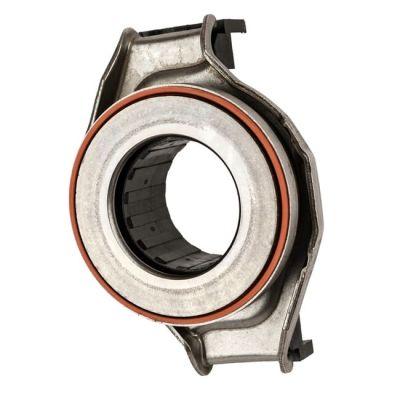
Introduction
Welcome to our article on thrust and clutch bearings. In this text, we will provide you with all the information you need to know about these essential components of your vehicle. We will explore the options for buying bearings at cheap prices in different online stores, the symptoms of wear of these bearings and why they need to be changed, as well as how to change the clutch bearing and premium clutch kit options for your car. We'll also show you where to find workshops specializing in clutch bearings. Let's get started!
1. Buy Thrust and Clutch Bearings at Cheap Prices
If you are looking for thrust or clutch bearings at affordable prices, you are in the right place. In our online store, we offer a wide selection of high-quality bearings at competitive prices. In addition, we recommend exploring other online stores specialized in car parts, where you can find offers and discounts.
2. Symptoms of thrust and clutch bearing wear
It is important to watch for symptoms of thrust and clutch bearing wear, as excessive wear can affect the performance of your vehicle. Some of the common symptoms include strange noises when depressing the clutch, difficulty shifting gears, vibrations in the clutch pedal, and a slipping sensation when accelerating. If you experience any of these symptoms, it is recommended that you check your bearings immediately.
3. Why it is necessary to change the thrust and clutch bearings
Thrust and clutch bearings are components that are subject to constant wear due to daily use of the vehicle. Over time, these bearings can wear out and lose their ability to function properly. If they are not changed in time, they can cause additional damage to the clutch system and affect the vehicle's handling. Therefore, it is necessary to change the thrust and clutch bearings when significant wear is detected.
4. How to change the clutch bearing
Changing the clutch bearing can be a complicated process and requires technical knowledge. If you do not have experience in automotive mechanics, it is recommended that you go to a specialized workshop to carry out this task. However, if you feel confident and have the right tools, you can try changing the clutch bearing by following these steps:
- Raise the vehicle using a jack and secure it with jack stands.
- Disconnect the clutch cable and remove the flywheel from the engine.
- Remove the thrust collar and clutch bearing.
- Install the new clutch bearing and reassemble all parts in reverse order.
- Test the clutch to make sure it is working properly.
FAQs (Frequently Asked Questions)
1. What is the difference between a thrust bearing and a clutch bearing?
The thrust bearing is responsible for transmitting the force of the clutch pedal to the clutch system, while the clutch bearing is responsible for separating the clutch disc from the engine flywheel when the clutch pedal is depressed. Both bearings are essential for the proper functioning of the clutch system.
2. How long do thrust and clutch bearings last?
Thrust and clutch bearing life can vary depending on driving style, road conditions and proper maintenance. In general, it is recommended to change the bearings every 80,000 to 120,000 kilometers. However, it is important to watch for signs of wear and perform regular checks to ensure the bearings are in good condition.
Conclusion
In summary, thrust and clutch bearings are essential components for the proper functioning of your vehicle's clutch system. It is important to pay attention to signs of wear and change the bearings in time to avoid further damage. If you need to buy bearings at affordable prices, we recommend exploring specialized online stores. If you do not have experience in automotive mechanics, it is advisable to go to a specialized workshop to change the clutch bearing. Remember that proper maintenance is key to prolonging the life of your bearings. Until next time!




